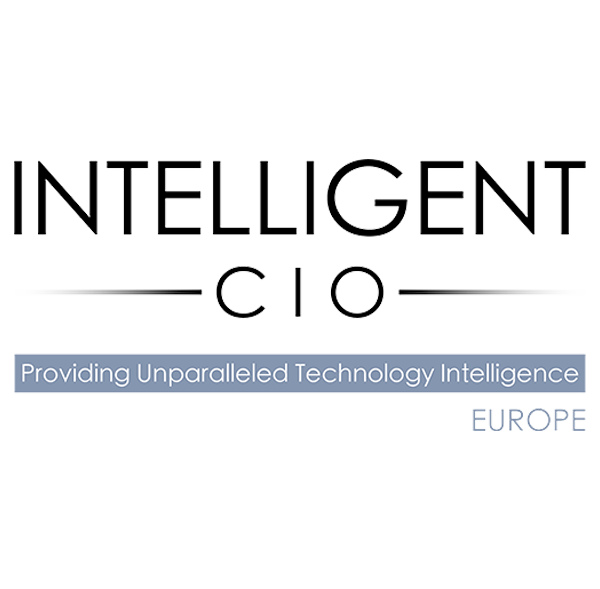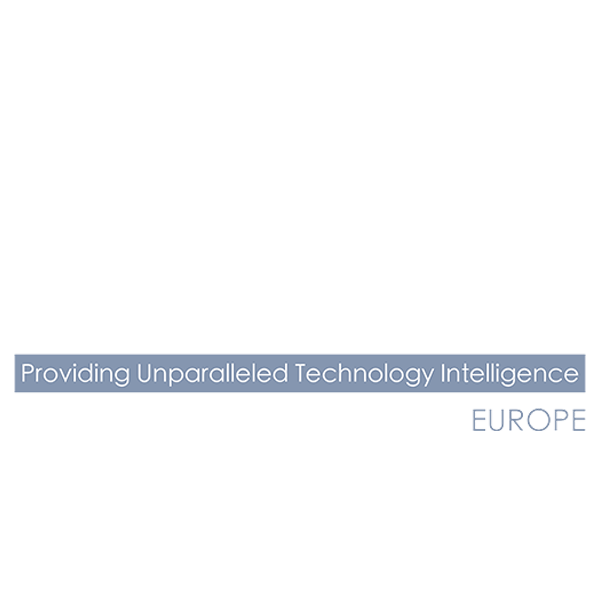European CIOs are increasingly tasked with harmonising IT operations and demanding performance with stringent sustainability targets, navigating regulatory pressures, escalating energy costs and the growing need for clear environmental, social and governance (ESG) reporting, writes Chris Carriero, CTO, Park Place Technologies.
Across Europe, CIOs are facing a complex challenge: how to align their IT operations with ambitious sustainability goals while maintaining the performance levels their organisations demand. Between mounting regulatory pressures, rising energy costs and the growing demand for transparent ESG reporting, IT leaders are no longer just responsible for uptime and availability – they’re now pivotal players in corporate climate strategies.

The good news? Sustainability and performance are not mutually exclusive. In fact, with the right approach, they can be deeply complementary. CIOs are increasingly leveraging innovative technologies and strategic frameworks that reduce environmental impact while strengthening the resilience and efficiency of their infrastructure.
Rethinking sustainability in IT: Beyond the data centre
When most people hear ‘sustainable IT,’ their minds jump to greener data centres. But the environmental impact of enterprise IT extends beyond server rooms. From procurement and device lifecycle planning to software optimisation and infrastructure architecture, sustainability is embedded throughout the digital ecosystem.
Leading CIOs, rather than chasing short-term fixes, are integrating sustainability into their core IT strategies – evaluating the carbon intensity of their workloads, redesigning refresh cycles, and treating resource optimisation as a business imperative, not just an environmental one.
Infrastructure monitoring: The data-driven path to efficiency
Modern monitoring platforms offer granular insight into how much power and cooling various systems require. These tools give CIOs the ability to make real-time adjustments, balance workloads more intelligently and detect inefficiencies before they compound.
This visibility is also becoming critical for compliance. With the introduction of reporting mandates like the EU Corporate Sustainability Reporting Directive (CSRD), CIOs must be ready to measure and communicate their IT-related environmental impacts – something continuous monitoring makes far more manageable.
Extending the lifecycle: A strategic sustainability lever
Traditionalists believe that shortened hardware refresh cycles ensure performance, but this mindset is shifting. Replacing equipment every three to five years creates not only financial strain but also a significant environmental burden – both from e-waste and the carbon emissions tied to manufacturing.
Progressive CIOs are now taking a more measured approach. Extending the life cycle of hardware through third-party maintenance, firmware updates and modular upgrades allows organisations to reduce their environmental footprint without compromising performance. Some enterprises are formalising this with internal policies or third-party audits that assess equipment health and identify opportunities to defer refreshes responsibly.
This aligns closely with the EU’s push toward a circular economy. By keeping hardware in use longer and designing for repairability and reuse, IT departments can play a key role in reducing overall resource consumption.

Smarter hardware choices: Energy efficiency at the core
When it does come time to procure new equipment, CIOs today are more likely to consider the energy implications of their choices. Whether it’s energy-efficient processors, low-power storage options, modular chassis designs, or graduating from OEM management contracts, the hardware decisions made in procurement can set the tone for an IT environment’s long-term sustainability.
Enterprise procurement teams are increasingly using third-party certifications such as TCO Certified, Energy Star and EPEAT to guide purchasing decisions. These standards reflect energy efficiency and consider factors like material sourcing, lifecycle emissions and recyclability.
Furthermore, the shift toward modular hardware is helping organisations reduce waste and cost by upgrading only what’s necessary rather than replacing entire systems.
Innovation Spotlight: Liquid cooling
Cooling has always been one of the most energy-intensive aspects of running high-performance computing environments. But innovations in liquid cooling are changing this dialogue.
Liquid cooling was once confined to niche research centres, but is now seeing broader adoption in enterprise data centers across Europe. By circulating a liquid coolant directly to high-heat components, these systems can remove heat more efficiently than traditional air cooling; this typically uses significantly less energy in the process.
This technology is particularly beneficial for environments with dense computing workloads, such as AI/ML training clusters or advanced simulation platforms. Beyond energy savings, liquid cooling can also reduce reliance on noisy, space-consuming air handlers and allow for greater compute density per rack – an added bonus as physical space becomes more valuable.

CIOs evaluating liquid cooling must consider retrofitting costs, maintenance and thermal design, but the long-term benefits in sustainability and performance are drawing increasing interest.
Regional drivers: Why Europe is leading the green IT movement
Europe’s IT leaders are setting the pace on environmental trends. Cultural alignment with environmental stewardship, robust public pressure on sustainability and sweeping regulatory frameworks created an environment where green IT isn’t a niche initiative – it’s a business expectation.
Programmes like the European Green Deal, the Green Digital Coalition and the EU Taxonomy for Sustainable Activities incentivise IT organisations to embed sustainability into their operations. Energy prices in Europe – especially in markets like Germany, the Netherlands and the Nordics – also make energy efficiency not just ethical, but economically essential.
Let’s consider a hypothetical example. A mid-sized European financial institution, facing high data centre costs and mounting ESG expectations, conducts a full audit of its infrastructure. With new visibility into underutilised servers and excessive cooling overhead, they implement a phased consolidation, invest in infrastructure monitoring and extend support for aging hardware that remains reliable. In parallel, they pilot liquid cooling in their most compute-intensive environments. The result? A measurable reduction in energy usage, fewer capital expenditures and a clearer story to tell in their sustainability reports.
The business case: Green IT and the bottom line
For CIOs and CFOs alike, the financial case for green IT is becoming more urgent and more measurable.
Efficiency drives operational savings
Infrastructure optimisation – through smarter workload distribution, energy-efficient hardware and lifecycle extension – translates into reduced power consumption, lower cooling costs and fewer premature capital investments. These savings scale dramatically in large enterprise environments.
Regulatory risk Is financial risk
The cost of noncompliance with EU climate-related regulations is rising. Mandates are backed by potential penalties, reputational fallout and restrictions on access to ESG funding.
Green upfront, lean long-term
Innovations like liquid cooling and intelligent monitoring systems come with upfront investment – but often reduce TCO over the lifespan of infrastructure.
Third-party support lowers internal burden
Managing aging infrastructure or implementing new green technologies doesn’t need to overwhelm internal teams. Partnering with specialised third-party providers gives CIOs access to scale, technical expertise and lifecycle flexibility – often at a lower cost than building capabilities in-house.
It’s a brand and talent differentiator
Customers, investors and employees are watching. Businesses with strong sustainability credentials attract better talent, build more resilient supply chains and often gain a reputational edge in increasingly values-driven markets.
The long game of performance and planet
As technology becomes more embedded in every facet of the enterprise, CIOs have a unique opportunity – and responsibility – to be part of the sustainability conversation. The choices made in architecture, procurement, operations and innovation will shape the organisation’s climate impact for years to come.
Fortunately, European CIOs don’t have to choose between sustainability and performance. With the right tools, insights and strategies, they can design IT systems that are leaner, greener and stronger than ever before.
Building a sustainable IT roadmap: Questions for the CIO
Sustainable IT is a journey. To get started or refine their current path, CIOs can ask themselves the following:
● What are our largest sources of IT energy consumption today?
● How much visibility do we have into infrastructure efficiency?
● Are our refresh cycles aligned with performance needs or legacy habits?
● Do we have policies to assess and extend the lifecycle of hardware?
● Are our procurement standards considering long-term environmental impact?
● What emerging technologies—like liquid cooling—might be worth exploring?
● How are we preparing for sustainability reporting requirements?
Answering these questions can help CIOs identify not just where improvements are possible, but where they may already have untapped opportunities to make IT more sustainable.



